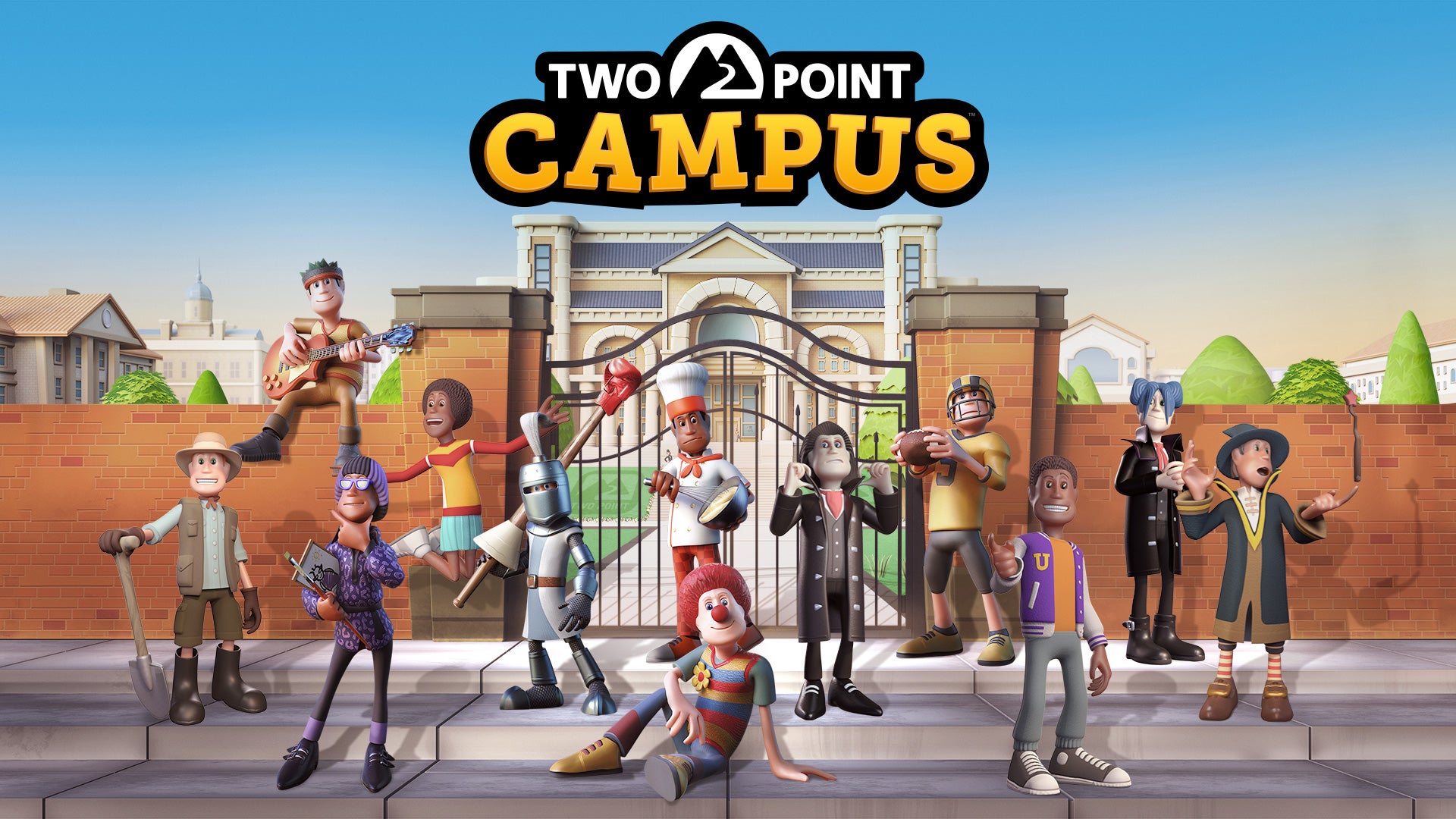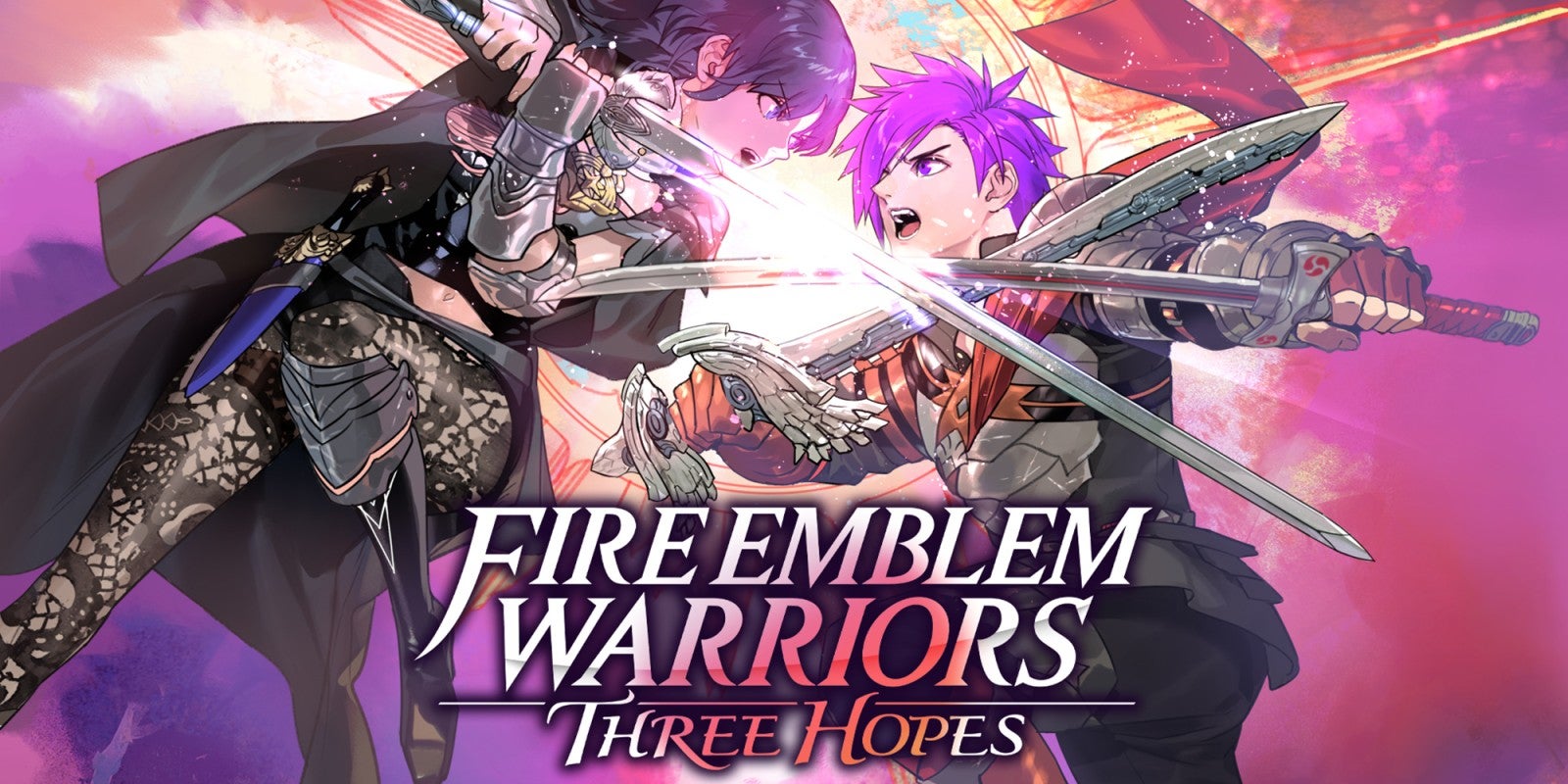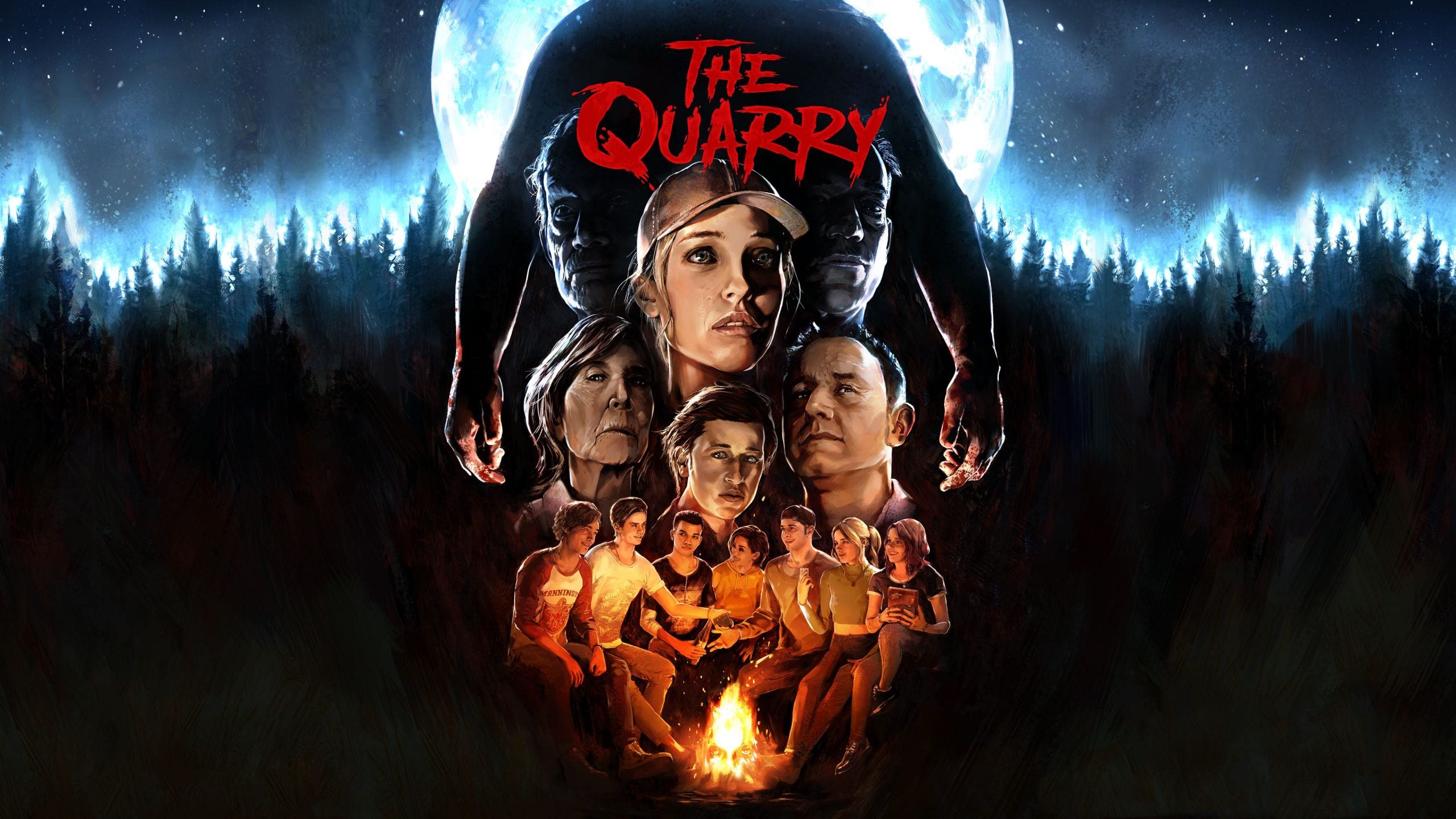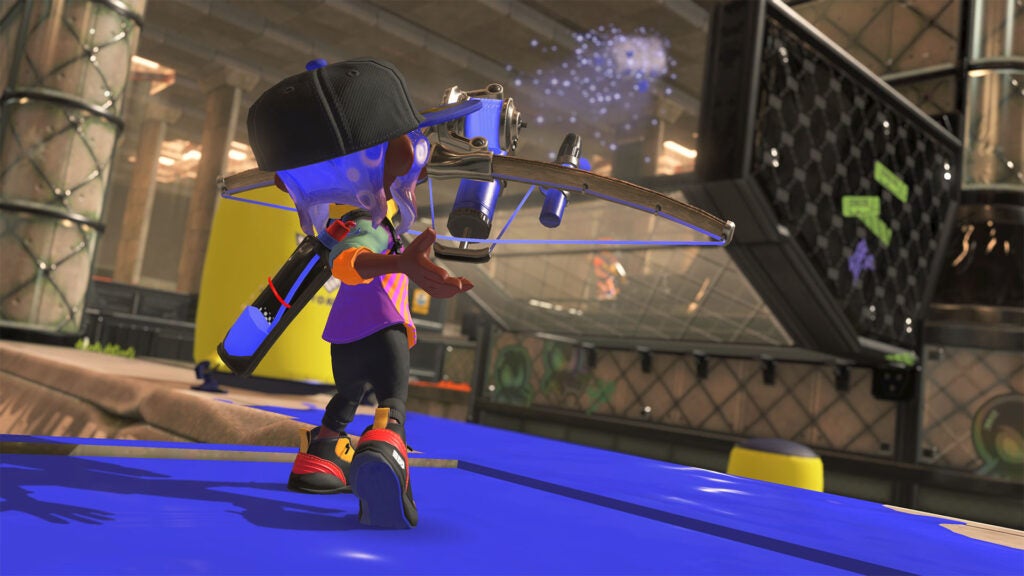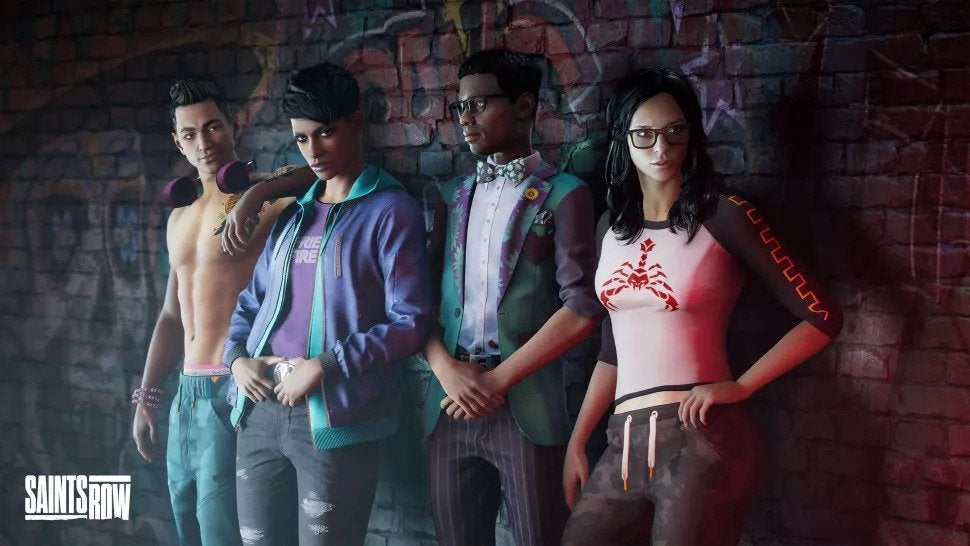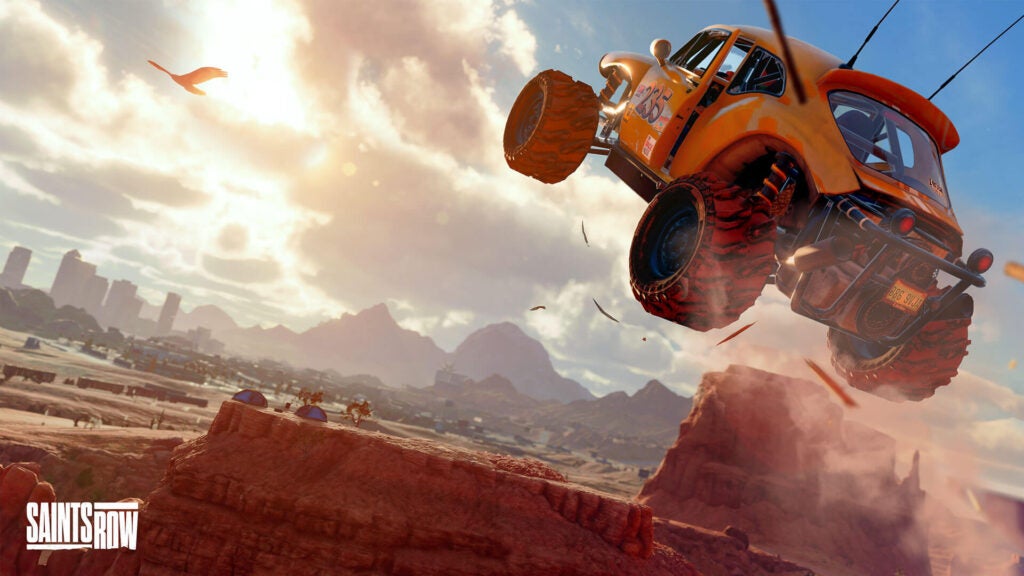
Even though it doesn’t provide the gameplay overhaul that some gamers were no doubt anticipating, The Last of Us Part 1 is still the best way to enjoy one of the most intelligent and well designed games of recent memory. The updated visuals helps to breathe new life into the story, and the world it presents has never felt more immersive. And that’s before considering the plethora of accessibility features on hand, enabling swathes of gamers to play the game for the first time and see what all the fuss is about.
Pros
- The Last of Us has never looked better
- Improved lighting and attention to detail
- Still an incredible story that’s worth revisiting
- Tons of accessibility features
Cons
- £70/$70 price tag is questionable
- Very few of Part II’s gameplay upgrades have been utilised here
Availability
- UKRRP: £69.99
- USARRP: $69.99
Key Features
- Rebuilt for PS5:The game makes use of the PS5’s hardware features
- New accessibility features:Imported from The Last of Us Part 2
Introduction
Naughty Dog revisits its iconic post-apocalyptic survival shooter, this time rebuilt for the PS5 and stylised as The Last of Us Part 1.
When the credits rolled on 2020’s The Last of Us Part 2, I felt so engrossed in the world that Naughty Dog had created and its brutal tale of revenge that I wasn’t quite ready to say goodbye to it all. I booted up my copy of The Last of Us: Remastered but the technological leap between the two games was too much to ignore and my enthusiasm for replaying the series’ first entry quickly faded away.
Someone at Naughty Dog either hacked my brain or had the same feeling themselves because the The Last of Us Part 1 is the same great game that we all know and love, but redesigned with the Part 2 toolset.
With a £70/$70 price tag at launch, the game has already been criticised for not offering enough incentive for returning players, but is this really the case? Here are my thoughts.
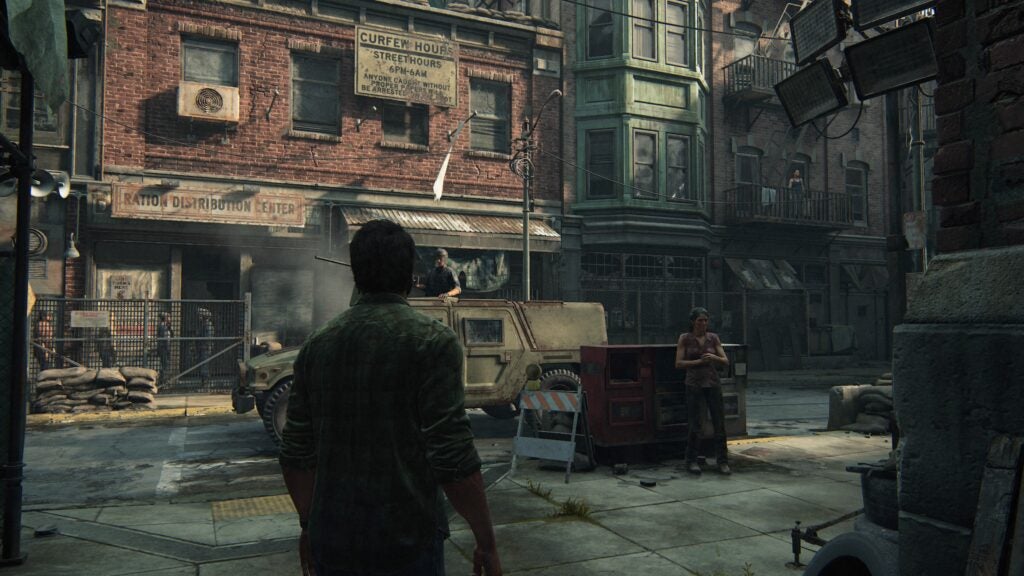
Graphics and performance
- Massive visual leap in world design
- Updated character models make cutscenes more cinematic
- You can switch between ‘Performance’ and ‘Fidelity’ modes
If you’ve seen a trailer for The Last of Us Part 1 or caught some of its marketing campaign, then you’ll already know that the game’s biggest upgrade over the original is in its graphics. Following the visual prowess of The Last of Us Part 2, the Part 1 remake is a drop dead gorgeous game to look at, and the newer style adds far more than a lick of paint to an almost decade old title.
For starters, the level of detail that can be found when walking through the game’s vision of a post-apocalyptic United States is truly something to behold. The Last of Us already did a fantastic job of creating a believable world in its level design, with abandoned homes containing traces of the families who lived there, and sprawling cityscapes that have now been reclaimed by nature. But this time around, it feels as if the developers have been able to fully deliver on those concepts in a way that technology simply couldn’t 10 years ago.
The various knick knacks that you might expect to find in a family home have been given more attention, and at various times I found myself distracted by dusty family photos that told a story of their own for a group of off-screen characters. There’s so much depth in the details of Part 1 that you easily spend several hours of your playthrough just admiring the efforts of the art department.
Because all of this is now running on the PS5’s heavy-duty hardware, lighting effects have also been given an uplift and they go a long way towards showing what Sony’s latest console is capable of. For example, I don’t recall ever being quite so enamoured with Bill’s hideout early into the game, but the way the light seeps through the church’s windows forced me to stop in my tracks and appreciate the scene.
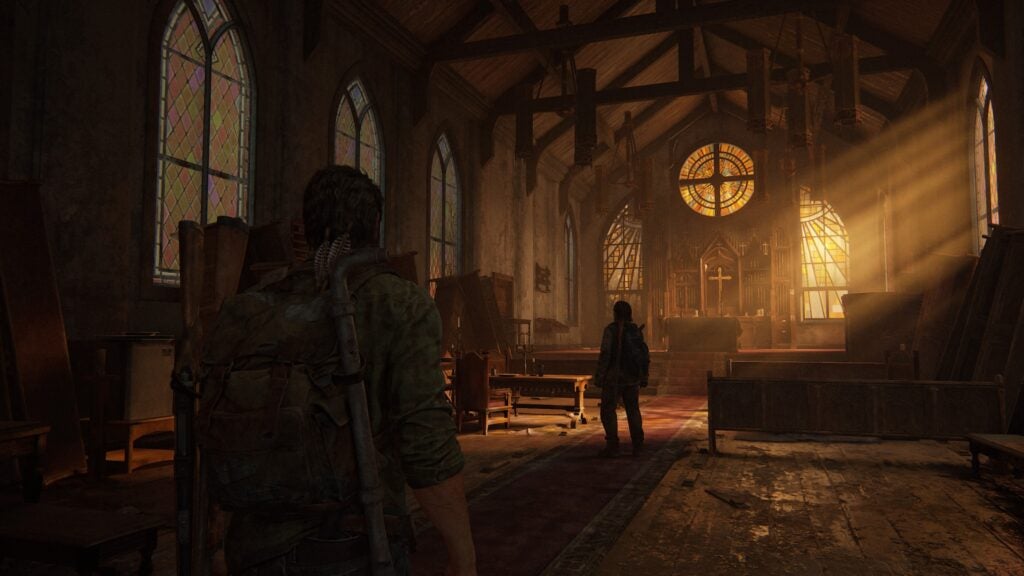
Beyond the in-game visuals, Naughty Dog has also been keen to note the upgrades that have been made to the character models, which in turn can be most keenly felt during cutscenes. I’ll admit that when I saw the first few comparison trailers, I struggled to see the immediate difference – a problem that likely stems from just how well those cutscenes were originally animated on the PS3. But when you start playing the PS5 adaption, the scale of these improvements are made more apparent.
For example, Tess has been given a new, more age-appropriate look that better reflects her lived experiences. And when paired with the added detail of Joel’s middle-aged appearance, their conversations felt more believable, doing justice to the original motion capture and voice acting, and really driving home the emotion of each scene.
If you want to get even more out of the graphics, then the game offers you a choice from the outset, with the ability to play in either ‘performance’ or ‘fidelity’ mode. The former runs at a targeted 60fps while the latter prioritises the visual prowess of the game and is capped at 30fps. There’s definitely a noticeable difference to be found in these two modes, and you can change between them at any time so you don’t have to worry about being locked in.
For my my playthrough, I stayed with ‘performance’ mode almost exclusively. After all, one of the best upgrades of 2014’s The Last of Us Remastered was the ability to play in the enhanced frame rate, lending itself brilliantly to the chaotic nature of the game’s shootouts.

I also noticed an impressive bit of tinkering with the game’s audio quality, as sounds feel more layered than ever and dialogue comes through more clearly and defined than before. There’s even support for 3D Audio, which makes a gunfight with the game’s infected enemies even more adrenaline inducing.
It should be mentioned that I encountered barely any visual or audio hiccups during my time with the game which is a rare thing to see these days. This is about as polished a AAA game could be at launch.
Story and gameplay
- The story is still the game’s crown jewel
- Very little in the way of gameplay changes
- Accessibility features make a huge difference
It’s almost impossible to have a conversation about The Last of Us without circling back to the game’s story. The game made waves upon release for its bleak depiction of what humanity would do to survive if civilisation fell apart.
Very few games have come close to the storytelling heights of The Last of Us, and in a post-pandemic world, the many references to quarantines, testing and face coverings suddenly don’t seem quite so abstract. But I think it’s fair to assume, given that Part 1 constitutes the second re-release of the title, that many gamers will be wondering if it’s worth playing through again. I would argue emphatically that it is.

As previously mentioned, the updated character models give the game’s narrative aspects more depth as the characters themselves are better realised. Then again, I’m speaking as someone who hasn’t revisited the game in roughly eight years, so it’s been an exciting experience to remember why I enjoyed it so much in the first place. If you’ve played it more recently then this is where things get a bit tricky.
Unfortunately, from a gameplay perspective, Part 1 is almost identical to its source material. I had hoped that with so much talk about the game borrowing from Part 2’s graphical upgrades that we might also see some of the gameplay tweaks that were introduced there, such as the ability to go prone in combat, and new enemy types like attack dogs that were trained to sniff you out, forcing you to stay on the move.
Having these elements within Part 1 would have given existing players more of a reason to dive back in beyond the visual overhaul. Still, this isn’t to say that it’s completely devoid of new content – there’s now a ‘permadeath’ mode for players who can’t get enough punishment, and a speed-run mode to time how quickly you can make it to the end.
Haptic feedback via the DualSense controller also adds a new layer of immersion, heightening moments of intensity such as grappling an enemy from the shadows. The adaptive triggers also change how you use certain weapons. For the bow, you remove the weapon from your backpack with L2 and then use R2 to slowly pull back the arrow, feeling the pushback in the trigger as you do so.

There’s even a handful of new unlockables that can be swiped after you’ve completed the game, including costumes and concept art, but I found myself spending quite a bit of time in the game’s new model viewer. Just like with Part 2, you can now view a collection of character models as if they’re small figurines, pouring over the sometimes unreal amounts of detail in their facial features.
One huge selling point for many gamers out there is the the game’s new accessibility features. Part 2 paved the way in opening up new ways for differently abled gamers to enjoy the core experience, and those same features have now been implemented in Part 1.
With everything from colourblind modes to audio description during cutscenes, navigation assistance and narration of on-screen text, Naughty Dog has gone above and beyond in making The Last of Us Part 1 as accessible as possible, making this is a huge boon for anyone who was forced to miss out on the game the first time around because of any barriers to entry. I only hope that more developers follow suit.
Latest deals
Should you buy it?
You want to experience the best version of The Last of Us: With a complete visual overhaul that makes the game’s world and story feel more tangible than ever, there can’t be any doubt that this is the best way to experience Naughty Dog’s iconic title.
You’ve recently replayed The Last of Us: If the memory of the game is still fresh in your mind then there isn’t an overwhelming amount of new content to draw you back in on day one.
Final Thoughts
With a £70/$70 price tag and not a whole lot of new content to speak of when it comes to the gameplay, The Last of Us Part 1 may be a tough sell for some gamers, but because of its massive leap forward in visual fidelity and making the world more engrossing than ever, it is still the best way to play one of the best games ever made – and that can’t be overlooked.
I’ve enjoyed every minute of my time with Part 1, and the inclusion of barrier-breaking accessibility features means that a whole sect of gamers will now get to experience Naughty Dog’s post-apocalyptic story for the first time. Even if you don’t nab the game at launch, it’s one that all PS5 owners should add to their library down the line.
How we test
We play every game we review through to the end, outside of certain exceptions where getting 100% completion, like Skyrim, is close to impossible to do. When we don’t fully finish a game before reviewing it we will always alert the reader.
Tested on PS5
FAQs
No, the original multiplayer component of The Last of Us has been removed.
The Left Behind DLC is included with the game and can be played immediately.
No, The Last of Us Part 1 is only available to play on PS5.
The post The Last of Us Part 1 appeared first on Trusted Reviews.







